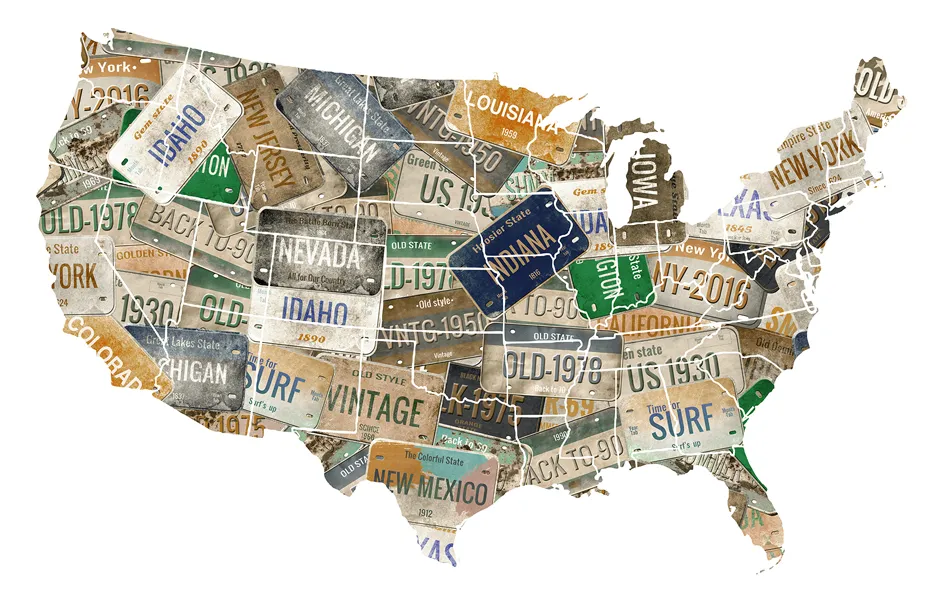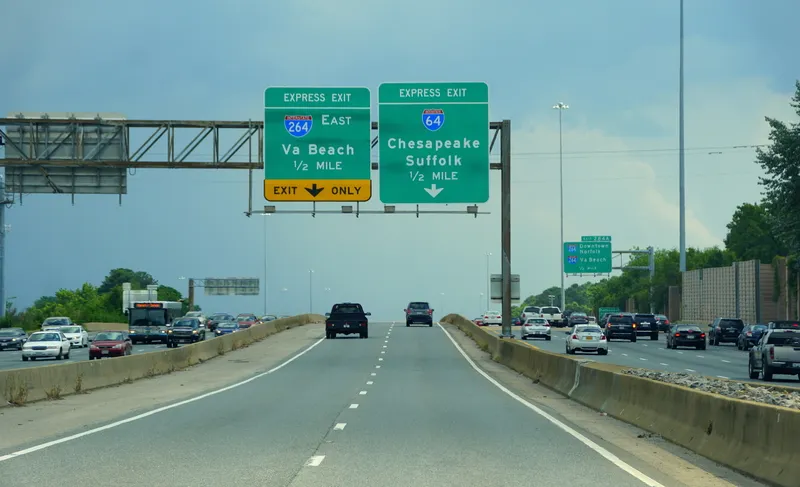The Delaware River Joint Toll Bridge Commission (DRJTBC) has awarded TransCore a US$24.9 million multi-year design-build-maintain contract for a complete overhaul of the agency’s toll collection system infrastructure.
The modernisation project will include virtually every aspect of the agency’s toll system: manual cash collections, conventional toll-lane E-ZPass transactions, highway-speed open-road tolling, and future all-electronic tolling at the Scudder Falls replacement bridge.
October 1, 2015
Read time: 3 mins
The 794 Delaware River Joint Toll Bridge Commission (DRJTBC) has awarded 139 TransCore a US$24.9 million multi-year design-build-maintain contract for a complete overhaul of the agency’s toll collection system infrastructure.
The modernisation project will include virtually every aspect of the agency’s toll system: manual cash collections, conventional toll-lane E-ZPass transactions, highway-speed open-road tolling, and future all-electronic tolling at the Scudder Falls replacement bridge.
According to DRJTBC the project will replace the Commission’s rapidly aging toll-collection infrastructure with the latest equipment and technology. The replacement system will then be maintained for an extended period under the same contract.
The project will be broken into two phases. The first phase will involve the design, development, integration, installation and testing of a collection system to handle cash and electronic transactions at the Commission’s seven toll bridges.
This work also will extend to the establishment of an all-electronic tolling system at a future eighth toll bridge, the Scudder Falls Replacement Bridge, the first span of which is expected to become operational in 2019. The new, improved system also will include integration with host computers at the New Jersey Regional Customer Service Center for E-ZPass, which currently provides back-office support and violation enforcement for the Commission’s toll network.
The second phase will involve the maintenance of all the newly installed equipment and operating systems for five years with two additional three-year options. It also will cover the maintenance of existing toll plaza equipment such as LED signage, lane signal indicators and yellow beacons.
Optional work under the contract may include the installation of a toll-collector monitoring system at the Commission’s seven current toll bridges and the installation of self-service kiosks at the agency’s three low-volume toll plazas, at the New Hope-Lambertville, Portland-Columbia and Milford-Montague toll bridges.
A significant aspect of the project will involve the installations of next-generation electronic toll tag readers, enabling the Commission to read toll transponder readers from non-E-ZPass toll agencies once national interoperability is decided and implemented.
Among the anticipated system-wide hardware improvements are: Overhead LED scanners to improve vehicle profiling for toll‐classification purposes; New patron fare displays in the toll lanes; Electronic axle-counting loops in toll lane pavements, enabling removal of current-day mechanical treadles that are expensive to maintain; New violation enforcement cameras for taking front and rear images of vehicles when they pass through a toll lane; New terminals in toll booths, allowing toll collectors to better handle cash transactions; New flash units for enhancing vehicular images recorded by toll violation cameras; and a new digital video system for auditing all toll transactions.
The first phase of modernisation activities is expected to be completed in 16 months, with equipment installation and toll lane conversion work beginning in summer 2016 and ending before the onset of winter. Subsequent maintenance and operation services under the contract are for five years with two three-year options.
To keep the current toll collection system running until the new modernised network comes online in late 2016, the Commission approved two additional contracts: A one-year agreement with4186 Xerox for maintaining current system hardware and the software for open‐road tolling and violation enforcement; and a one year agreement with TransCore to provide maintenance and support for the software that ties the Commission’s conventional toll system together with computer servers at its respective bridges and the servers at the regional customer service/violations processing centre in Newark, New Jersey.
The modernisation project will include virtually every aspect of the agency’s toll system: manual cash collections, conventional toll-lane E-ZPass transactions, highway-speed open-road tolling, and future all-electronic tolling at the Scudder Falls replacement bridge.
According to DRJTBC the project will replace the Commission’s rapidly aging toll-collection infrastructure with the latest equipment and technology. The replacement system will then be maintained for an extended period under the same contract.
The project will be broken into two phases. The first phase will involve the design, development, integration, installation and testing of a collection system to handle cash and electronic transactions at the Commission’s seven toll bridges.
This work also will extend to the establishment of an all-electronic tolling system at a future eighth toll bridge, the Scudder Falls Replacement Bridge, the first span of which is expected to become operational in 2019. The new, improved system also will include integration with host computers at the New Jersey Regional Customer Service Center for E-ZPass, which currently provides back-office support and violation enforcement for the Commission’s toll network.
The second phase will involve the maintenance of all the newly installed equipment and operating systems for five years with two additional three-year options. It also will cover the maintenance of existing toll plaza equipment such as LED signage, lane signal indicators and yellow beacons.
Optional work under the contract may include the installation of a toll-collector monitoring system at the Commission’s seven current toll bridges and the installation of self-service kiosks at the agency’s three low-volume toll plazas, at the New Hope-Lambertville, Portland-Columbia and Milford-Montague toll bridges.
A significant aspect of the project will involve the installations of next-generation electronic toll tag readers, enabling the Commission to read toll transponder readers from non-E-ZPass toll agencies once national interoperability is decided and implemented.
Among the anticipated system-wide hardware improvements are: Overhead LED scanners to improve vehicle profiling for toll‐classification purposes; New patron fare displays in the toll lanes; Electronic axle-counting loops in toll lane pavements, enabling removal of current-day mechanical treadles that are expensive to maintain; New violation enforcement cameras for taking front and rear images of vehicles when they pass through a toll lane; New terminals in toll booths, allowing toll collectors to better handle cash transactions; New flash units for enhancing vehicular images recorded by toll violation cameras; and a new digital video system for auditing all toll transactions.
The first phase of modernisation activities is expected to be completed in 16 months, with equipment installation and toll lane conversion work beginning in summer 2016 and ending before the onset of winter. Subsequent maintenance and operation services under the contract are for five years with two three-year options.
To keep the current toll collection system running until the new modernised network comes online in late 2016, the Commission approved two additional contracts: A one-year agreement with








